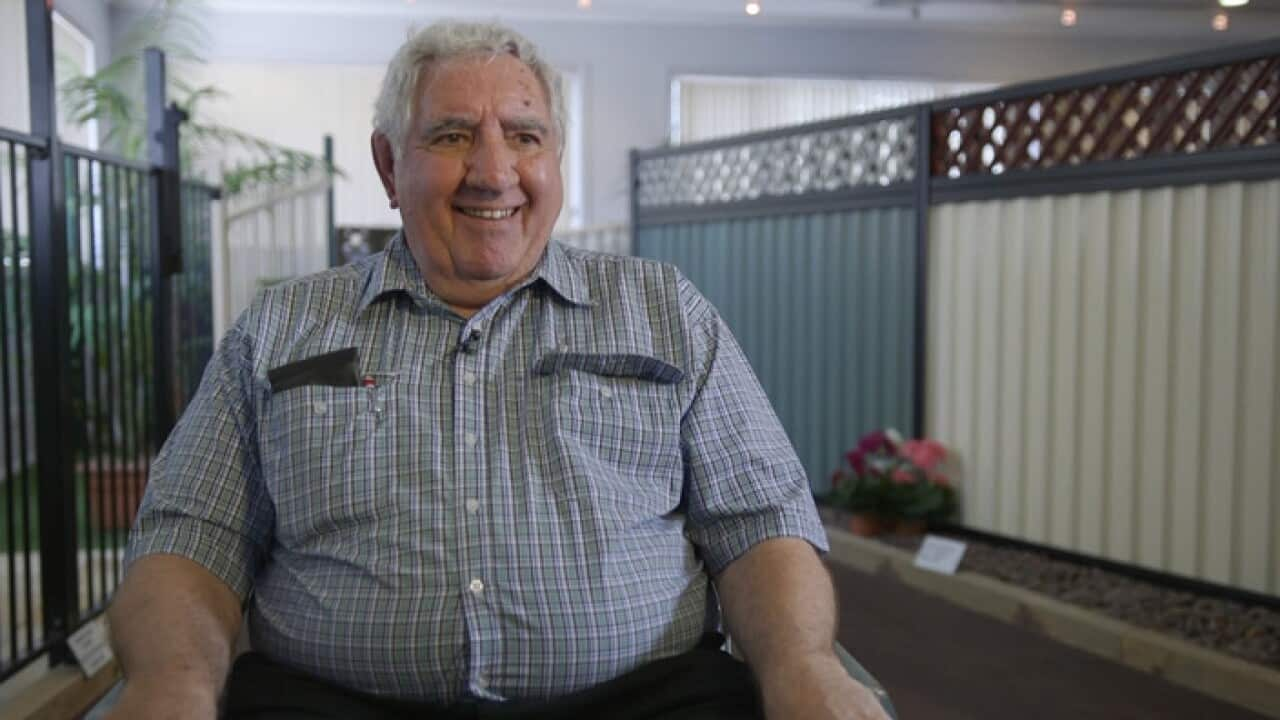Over his four decades in the fencing business, Ron Mann has built a multi-million dollar company, headquartered in Sydney's west.
But his success belies the setbacks he's experienced.
And they all relate to a fence he designed back in the 1990s.
At the time, Ron knew a major problem with existing fences was that they all had a good side, and a bad side.
And everyone wanted the good side.
so he designed a steel fence where both sides looked the same.
Ron registered the design in 1994 and Gramline fencing went into production two years later, with BlueScope - then known as BHP Steel - his sole supplier.
His registration meant no one could copy his design for 16 years.
But in 2002, BlueScope came out with a product that was strikingly similar.
He says BlueScope told him about it.
From there, Ron says his business began to slide.
Gram Engineering went from a yearly turnover of $35 million in 2002, to around $20 million just three years later.
It wasn't until 2011 that Ron finally felt confident enough to pursue legal action.
Three years later, he won, with a federal court judge ruling BlueScope had indeed infringed on his design registration, and had produced an 'obvious imitation' of the Gramline fence.
That ruling was upheld through an appeal and cross-appeal, says Ron's lawyer Geoffrey Roberson.
He says Ron did the right thing in registering his design - so there's not much else he could have done to protect himself.
And Ron's battle isn't over yet.
After spending more than $800,000 on legal fees since 2011, he's yet to see any money in compensation from BlueScope.
SBS approached BlueScope but they said they were not in a position to comment, because the case was still before the courts.
For Ron's part, he says he wishes there were more incentives for companies to behave.
In the meantime, Ron's expansion plans have been kept on hold.
And he no longer uses BlueScope's steel - he now purchases materials imported from Taiwan - a loss for Aussie business, all around.
Share

